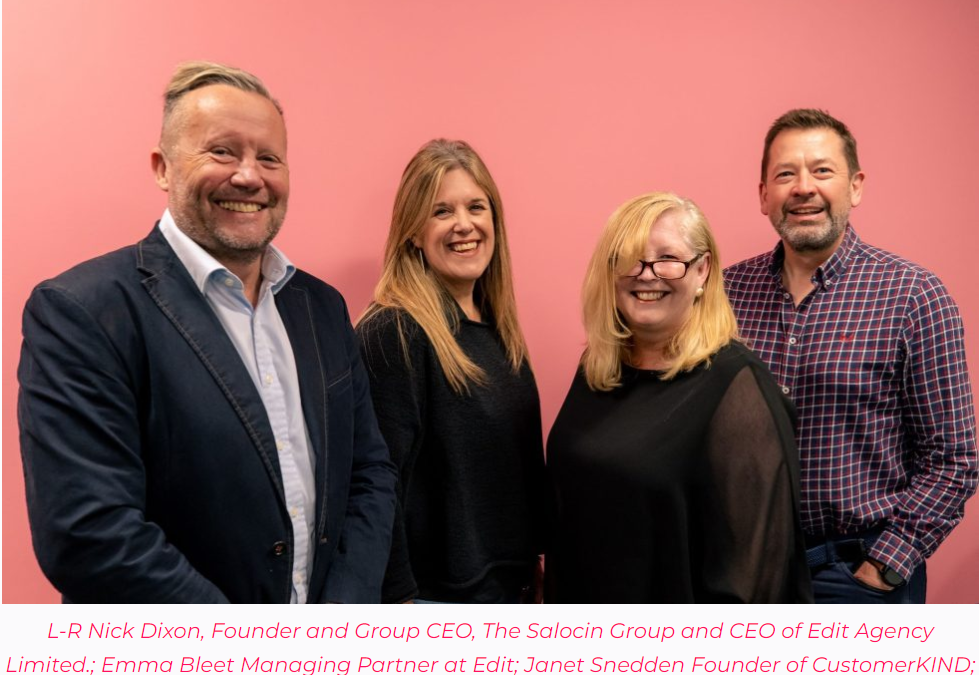“Newsjacking is the process by which you inject your ideas or angles into breaking news, in real-time, in order to generate media coverage for yourself or your business.”
– David Meerman Scott
We’ve all been there – you have something urgent to announce to your friends or loved ones and just as you pluck up the courage to tell them…
Someone steals your thunder and makes their own announcement the centre of attention.
Annoying as this may be in your personal life, it’s become a golden tactic for brands looking to increase exposure and become the centre of a vocal topic.
Admit it, we love it when a brand reacts to a vocal story. Take the John Lewis Christmas advert (I know this was last year, but it’s a classic). I have to confess that when the balloon floated up to the moon there were tears in my eyes and I was instantly calling my grandparents and telling them how much I love them. However the best bit happened a day or two later, when the mighty Aldi responded with a perfectly timed parody advert, simply mocking their retail counterpart.
A more recent reactive campaign was executed by Ryanair. When the UK was eagerly awaiting the results from Brexit, the over-the-top-flamboyant lot at Ryanair produced the following on-site content:
Not only was this on brand and consistent with their tongue-in-cheek approach, but placing this on their site fuelled links and mentions from external media and social.
Reactive campaigns to support SEO
We can use this tactic in digital PR to support SEO and content marketing. Newsjacking has become a hugely powerful tool, allowing brands to react within seconds and gain exposure while increasing social following and links.
You need to be savvy about your approach. Look at upcoming events, always read the news and, most importantly, don’t be afraid to react and steal the thunder!
So how do we use it to build links?
- Create an onsite resource!
It doesn’t matter if it’s with an image, video or comment, you need to entice journalist to link and people to visit your site. If you just seed out the asset or comment to press they may use it, but you have lost a perfectly good link by not tying it back to your onsite strategy.
If you seed out a comment, make sure to have a page dedicated to the author with other articles written by that person. If it’s an image or video, place it in a gallery online. Whatever it is, make sure you host it on your site as well!
A great recent example of this is by www.fadeout.ch, following the recent Pokémon GO craze. Fadeout, a Swiss marketing company, decided to capitalise on the craze whilst promoting tourism in the city of Basel, Switzerland. They created a comical video showing Pokémon GO hunters becoming the hunted and created an onsite page to encourage the links.
By having a page onsite and being creative with their approach they managed to gain links from sources such as Adweek and Qz.com.
- Be unique and fresh
If you’re reacting to a story, keep in mind that with or without you, journalists will be covering it. So make sure you stand out and actually add something different to the article in order to gain cut through. It’s not worth anyone’s time if you just recap the story.
Instead, find a new angle within the story – one that makes people not only talk about you, but also listen to what you have to say.
- Stay relevant
This should go without saying, but only comment or react on stories that you or your brand should be commenting on. Ask yourself: do I know enough about this to answer any questions? Will the readers of this actually be interested in what I have to offer?
If not, leave it. You will only waste resource and might risk turning the press against you.
- Timings
The first to pass the line will always win. Digital PR allows us to react in seconds, so make sure you’re prepared to strike at any opportunity.
If you’re simply commenting on a news story, I would suggest a comment within one hour of release. If you’re creating a campaign surrounding a news story or trend, it needs to be within 7-10 days, otherwise you risk the topic going cold.
- Forget SEO and think traditional
This may sound strange, but it’s so true! Go out and build relationships, network and make sure whatever you create is engaging and on brand. The links and SEO stuff will follow naturally if you do.
No matter the brand or client, there are thought leadership, commentary and reactive stories you can be doing. Don’t be scared to have a voice. Put yourself on the line, talk about your area of expertise and I can guarantee that someone will want to talk to you and link back to your site.




